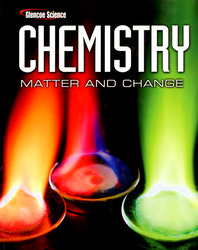1 2 O3 are present in 0.82 mol Fe2 O3 ?A) 130 g B) 65 g C) 195 g D) 260 g 2 2 O in this equation?3 + H2 O → H3 PO3 + HBrA) 2 B) 3 C) 4 D) 2 3 2 will be produced if 23.2 g of XeF2 reacts with excess water?2 + H2 O → Xe + HF + O2 A) 2.19 g B) 1.10 g C) 3.31 g D) 4.42 g 4 2 O3 (s) + 2Al(s) → 2Fe(s) +Al2 O3 (s)A) 2 to 1 B) 1 to 1 C) 3 to 1 D) 1 to 2 5 4 . When 128 grams of methane is burned in the chemical reaction shown above, how many grams of water vapor are produced?4 (g) + 2O2 (g) → CO2 (g) + 2H2 O(g)A) 8.00 grams B) 144 grams C) 18.0 grams D) 288 grams 6 2 is reacted with 9.8 grams of H3 PO4 ?2 + 2H3 PO4 → Ca3 (PO4 )2 + 6H2 OA) Ca(OH)2 B) H3 PO4 C) Ca3 (PO4 )2 D) H2 O 7 4 (g) + 2O2 (g) → CO2 (g) + 2H2 O(g)A) Methane gas is the limiting reactant B) Oxygen is the limiting reactant. C) Carbon dioxide is the limiting reactant. D) Water is the limiting reactant. 8 <a onClick="window.open('/olcweb/cgi/pluginpop.cgi?it=jpg::::/sites/dl/free/007874637x/514707/fig11_5.jpg','popWin', 'width=NaN,height=NaN,resizable,scrollbars');" href="#"><img valign="absmiddle" height="16" width="16" border="0" src="/olcweb/styles/shared/linkicons/image.gif"> (35.0K)</a> A) ammonia B) hydrogen C) nitrogen D) There is no limiting reactant. 9 4 (g) + 2O2 (g) → CO2 (g) + 2H2 O(g)A) 0.46% B) 0.54% C) 1.49% D) 0.5% 10 A) theoretical yield B) 100% C) both a and b D) 50%





